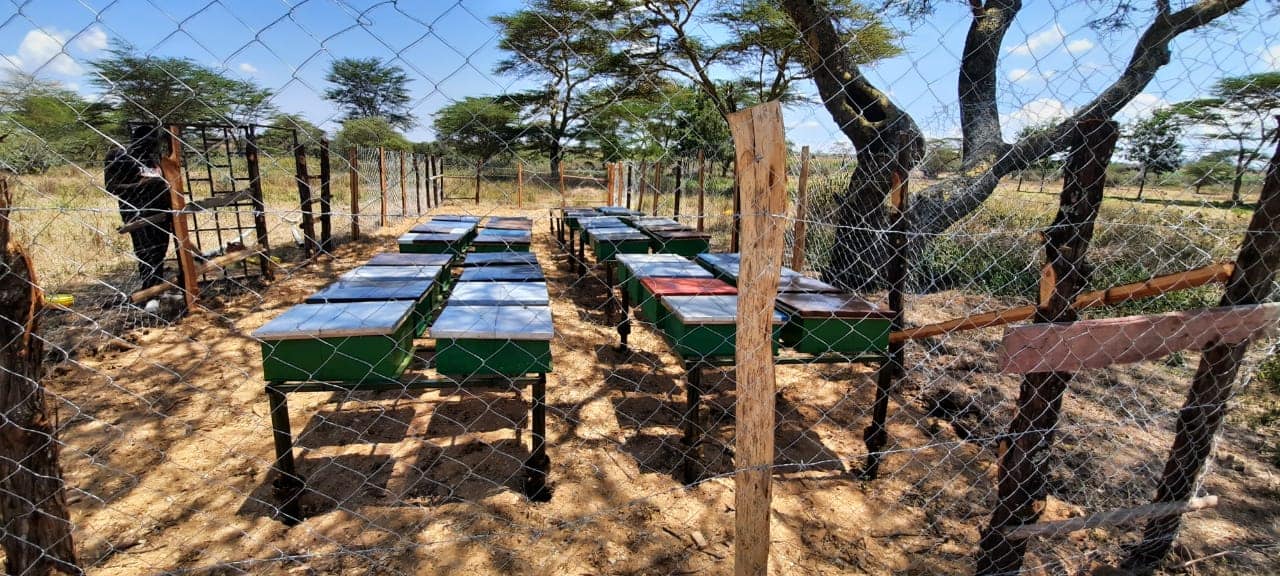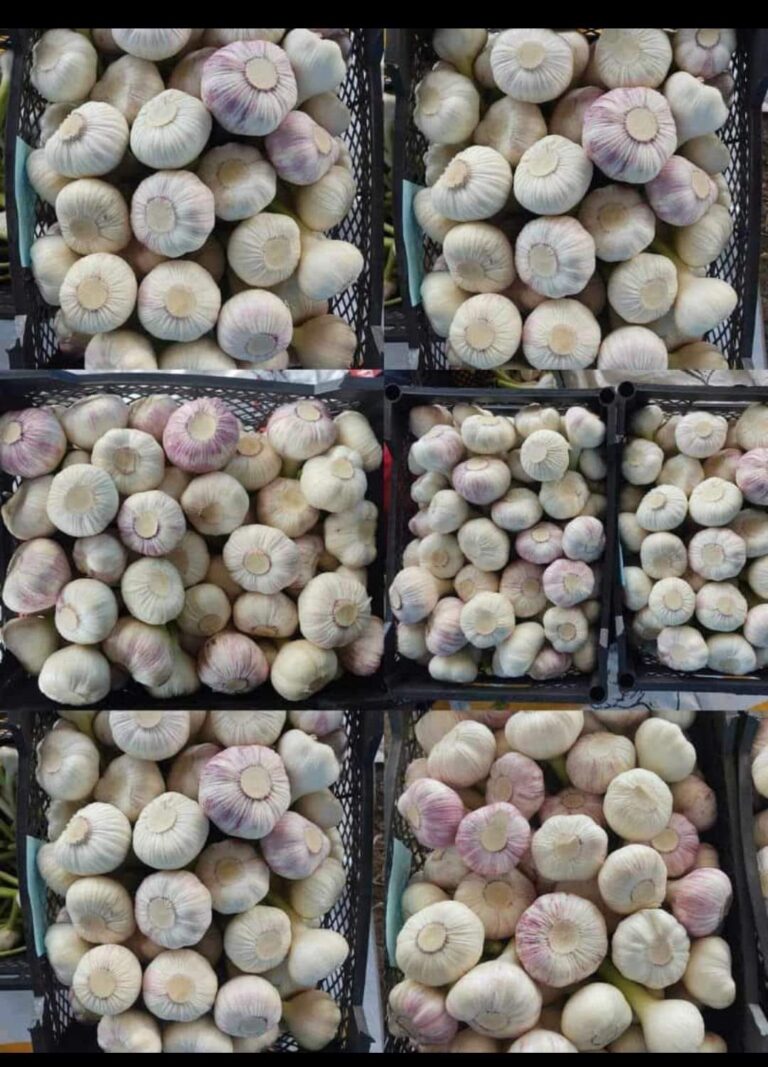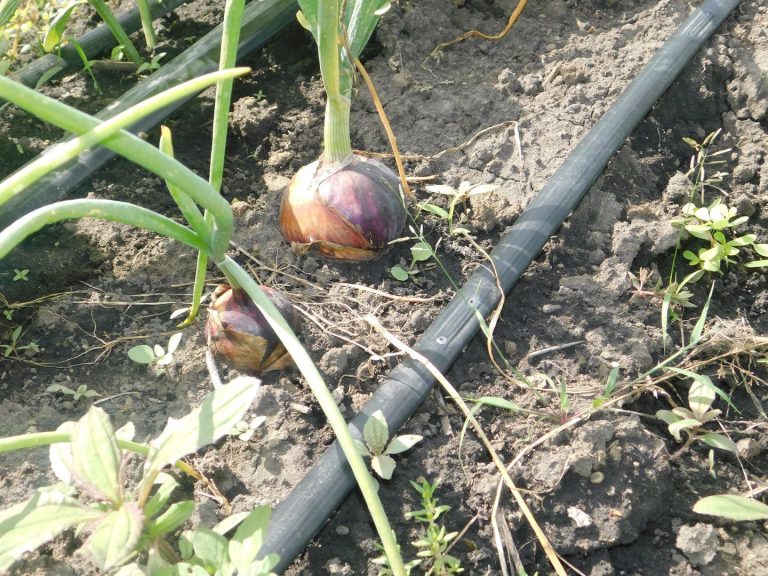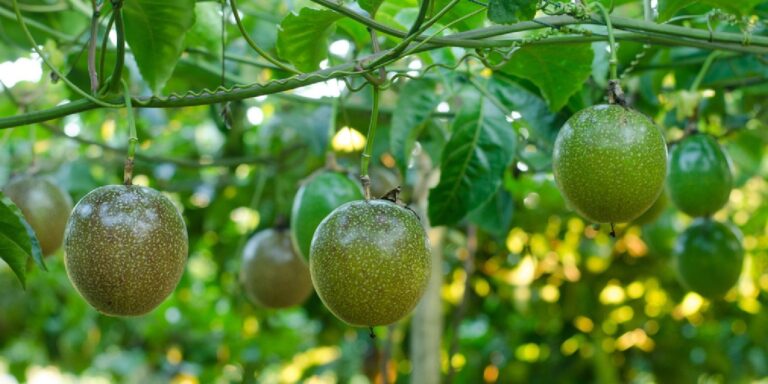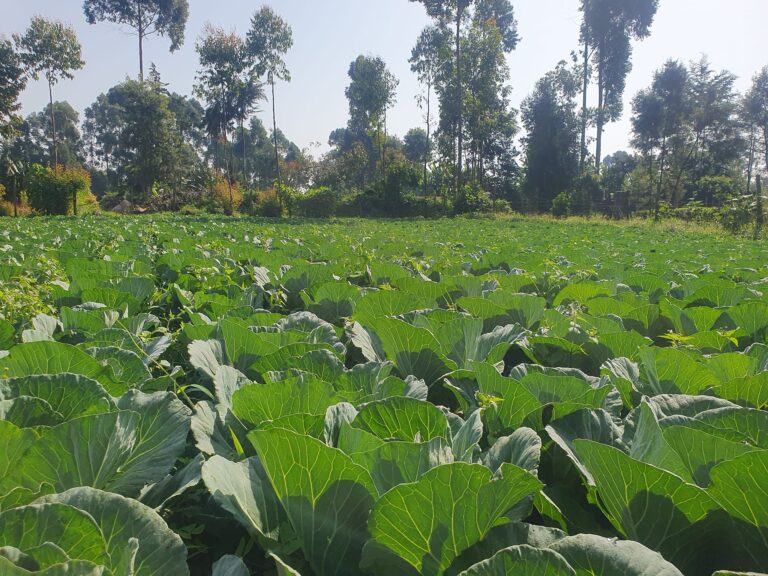How Many Bee Hives Per Acre In Kenya?
In Kenya, the recommended limit for the number of beehives per apiary is not more than 20-25 hives, depending on the availability of bee plants and water sources.
Bees forage in a radius of about 3 to 5km from the apiary, so if you want to keep more than 25 hives, it’s advised to find another site at least 3km away from the existing one. This ensures that the bees have sufficient resources for foraging and honey production.
Key Takeaways:
- In Kenya, a small plot of about one-eighth of an acre can accommodate up to 60 beehives ( meaning over 400 beehives in an acre)
- For practical purposes, having 2 to 4 apiaries per acre is common, but with optimal conditions, more can be supported if there is sufficient forage
- The recommended limit for the number of beehives per apiary in Kenya is 20-25 hives, based on the availability of bee plants and water sources
- If keeping more than 25 hives, it’s advised to find another site at least 3km away from the existing one to ensure sufficient resources for foraging and honey production
- When doing bee farming, you don’t need a large area; approximately one-eighth of an acre can comfortably accommodate up to 60 hives. This means that even on a small plot, such as the size of a typical bedroom, you can manage a significant number of beehives.
In Kenya, the recommended limit for the number of beehives per apiary is 20 to 25 hives, based on the availability of bee plants and water resources.
This limit ensures that the bees have adequate foraging opportunities and access to water, promoting healthy bee populations and enhancing honey production while preventing overstocking and competition for resources among the hives.
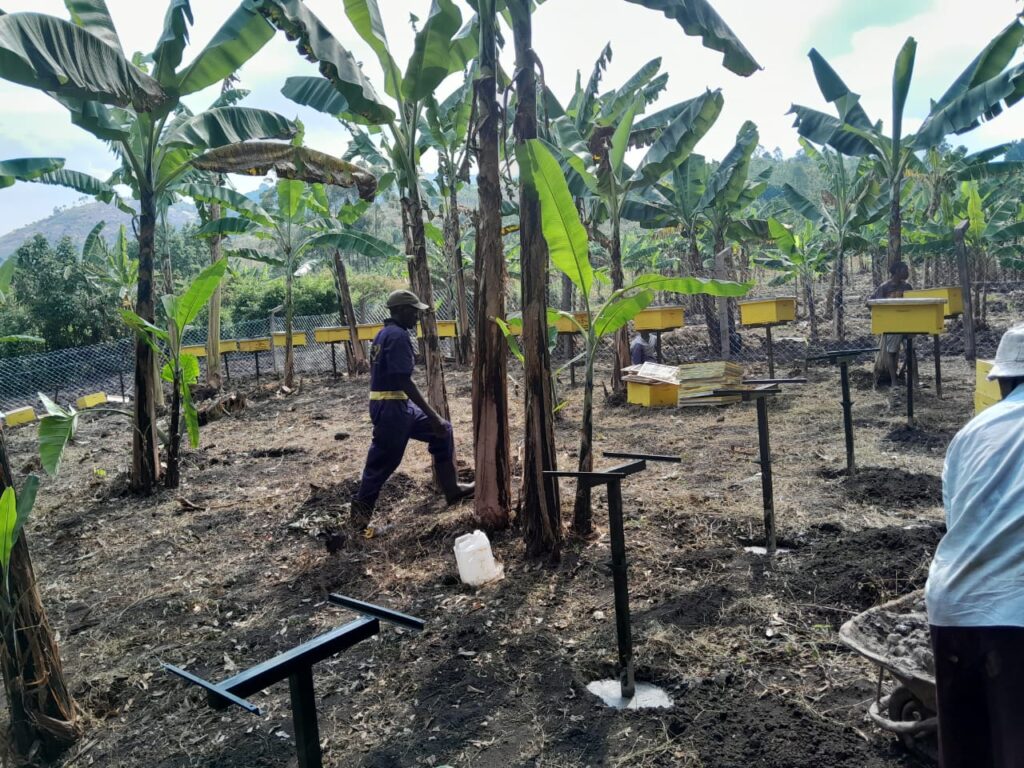
Understanding Beekeeping in Kenya
Kenya boasts a rich history of beekeeping, with traditional practices evolving into more modern and sustainable methods. The country’s diverse climate zones and abundant flora make it an ideal location for beekeeping.
Beekeeping provides rural communities with a source of income, and honey, beeswax, and other bee products are integral to many local economies.
Importance of Beekeeping in Kenya
Beekeeping is more than just honey production in Kenya; it plays a vital role in pollination, which is essential for the agriculture sector. Pollination by bees improves the yield and quality of various crops, including fruits, vegetables, and nuts.
It contributes to biodiversity conservation and environmental sustainability, making it a critical activity in the face of global challenges such as climate change and habitat loss.
Optimal Number of Bee Hives per Acre in Kenya
Determining the optimal number of bee hives per acre is essential for maximizing productivity while ensuring the sustainability of bee populations. In Kenya, the recommended number of bee hives per acre varies depending on several factors, including the type of forage available, the climatic conditions, and the beekeeping practices employed.
Generally, an optimal density is considered to be around 20 to 25 hives per acre. This density ensures that bees have adequate access to forage and reduces competition for resources, which can enhance hive productivity and health.
Factors Influencing Bee Hive Density
Climate Considerations: The diverse climatic zones in Kenya, ranging from arid and semi-arid areas to tropical regions, influence the availability of forage and the health of bee populations. Beekeepers need to consider local climatic conditions when determining hive density.
Flora and Forage Availability: The types and abundance of flowering plants in an area are critical in deciding how many hives can be supported. Areas with rich and diverse flora can support a higher density of hives.
Beekeeping Practices: The methods used in managing bee colonies, including the type of hives and the frequency of hive inspections, can impact the optimal number of hives per acre. Modern practices and technologies can help manage higher densities effectively.
Hive Management: Effective hive management practices, such as regular monitoring and control of pests and diseases, are essential in maintaining healthy colonies, which can support a higher density of hives per acre.

Benefits of Optimal Hive Density
Increased Honey Production: Proper hive density ensures that bees have enough forage to produce honey, leading to higher yields.
Improved Pollination: Adequate hive density can enhance pollination of nearby crops, leading to better agricultural productivity.
Sustainability of Bee Populations: Maintaining optimal hive density helps prevent overexploitation of forage resources, ensuring the sustainability of bee populations.
Challenges in Determining Hive Density
Pests and Diseases: The presence of pests and diseases can significantly impact bee health and hive productivity, making it challenging to maintain optimal hive density.
Human Activities: Agricultural practices, use of pesticides, and urban development can affect forage availability and bee health, complicating hive density decisions.
Environmental Changes: Climate change and habitat loss are major challenges that can alter forage patterns and impact bee populations.

Economic Impact of Beekeeping in Kenya
Income Generation: Beekeeping provides a significant source of income for many rural households in Kenya.
Job Creation: The industry creates jobs in hive construction, honey processing, and marketing, contributing to local economies.
Export Potential: Kenyan honey and other bee products have potential for export, opening up international markets and boosting the economy.
